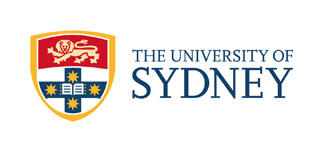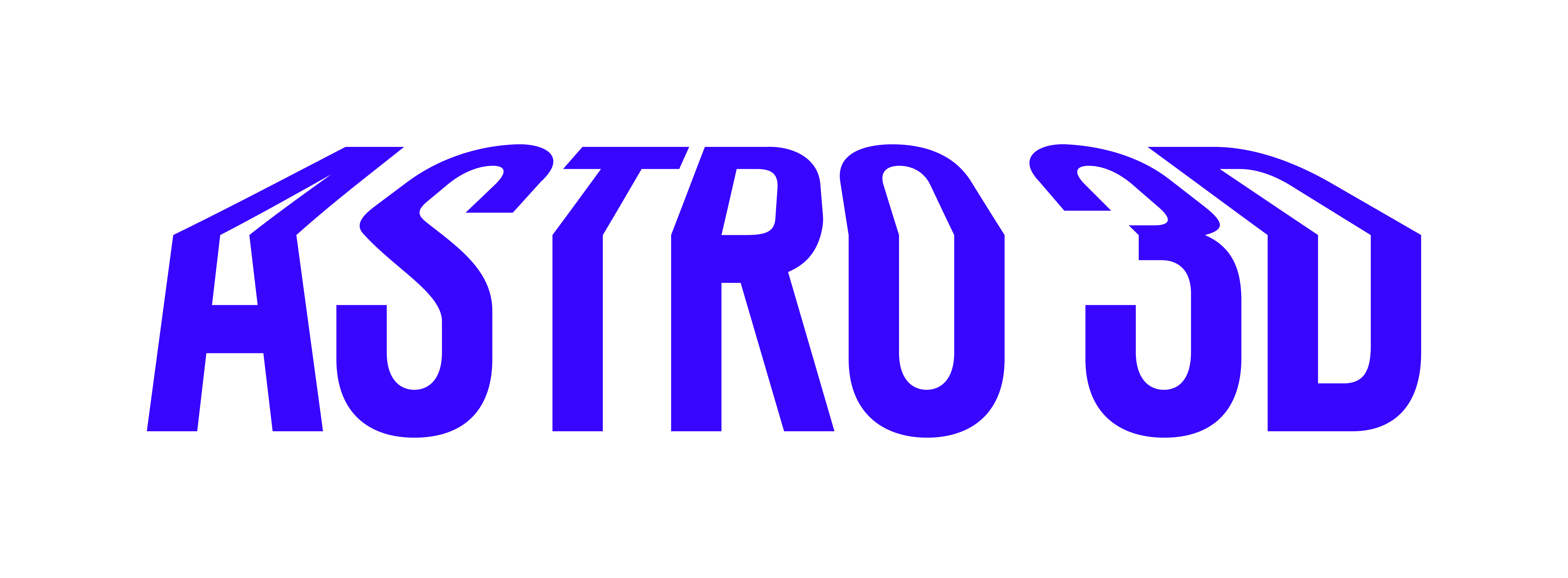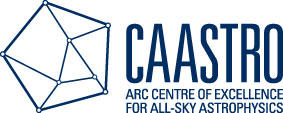Authors: Jesse van de Sande, Claudia Lagos, Charlotte Welker, Joss Bland-Hawthorn, ...
Background:
There have been interesting recent developments on how gas gets into galaxies, and how galaxies get their spin. The traditional view is that galaxy spin comes from tidal torques at z~5 when dark matter and gas freeze out of the Hubble flow, and fall back. Since the collapsing region is not perfectly spherical, angular momentum is generated which is amplified in the late stages of collapse.
The newly developing paradigm from the Horizon-AGN team is that Tidal-Torque Theory (TTT) is only part of the solution. Maybe a dominant part arises on much larger scales, not so much gas missing the centre of mass at turnaround, but through the projection of large-scale flows within the Hubble Flow. This leads to galaxy spins aligning with large-scale structure.
This is the motivating science case for the Hector survey because it allows us, in principle, to test coherent galaxy formation on large scales, and to associate the properties of galaxies with large-scale environment. Other models and approaches suggest there is no large-scale coherence, only chaos. But then again, dark matter simulations consistently show there should be large-scale spin alignment (Trowland, Lewis & Bland-Hawthorn 2013). The question is whether the baryons suppress or amplify the well known coherence of dark matter only simulations.
SAMI Project:
Even before the Hector survey, we can get an indication of how much coherent flows influence galaxy formation by looking at the distribution of V/sigma vs. stellar mass and ellipticity in the SAMI, ATLAS-3D, CALIFA, and MASSIVE galaxy surveys.
Horizon-AGN predicts a trend in V/sigma with stellar mass below the critical mass limit (10^10.5 Msun) for roughly half the galaxies. However, below log Mstar/Msun~10.5 the observed (V\Sigma)e values populate a region below the predicted trend from simulations. At high stellar masses (log Mstar > 11) the comparison between observed and simulated data is significantly better.
The main goal of this project is to compare fundamental galaxy parameters and relations from the Horizon-AGN and EAGLE survey (Mass-Size, Mass-Dispersion, Mass-V\Sigma, Ellipticity-V\sigma) to a combined IFS sample. By using both EAGLE and Horizon AGN we can assess which physical recipes lead to the best comparison with the data, and where improvements can be made.
Progress Feb 2017
We are currently using the Horizon-AGN prediction from Chisari et al. 2015, but we are planning to re-extract these values, and include the Eagle and Illustris predictions. Our observed sample currently contains 1171 galaxies (GAMA+cluster = 782, ATLAS-3D = 103, CALIFA = 245, MASSIVE = 41), which we plan to expand by 10-15% by including aperture corrected measurements.
Progress Nov 2017
Comparison of EAGLE and Horizon-AGN simulations data is nearly complete. Homogenising observational and simulated kinematic data has taken significantly longer, and progress is also slow because the measurement come from multiple people. Draft is currently being written, and the expected date for team-submission is July-2018.
Progress July 2018
Paper is nearly ready for team-review




